The Chocolate Journal
Showing 1 to 18 of 20 articles-

The Best Chocolate in the World 2025: World's Finalists & Regional Champions
What is the best chocolate in the world in 2025? It’s a question chocolate lovers everywhere are asking, and the answer is beginning to take shape. Each year, the International Chocolate Awards (ICA) bring together the finest craft makers and chocolatiers, judging their creations through rigorous blind tastings.
-
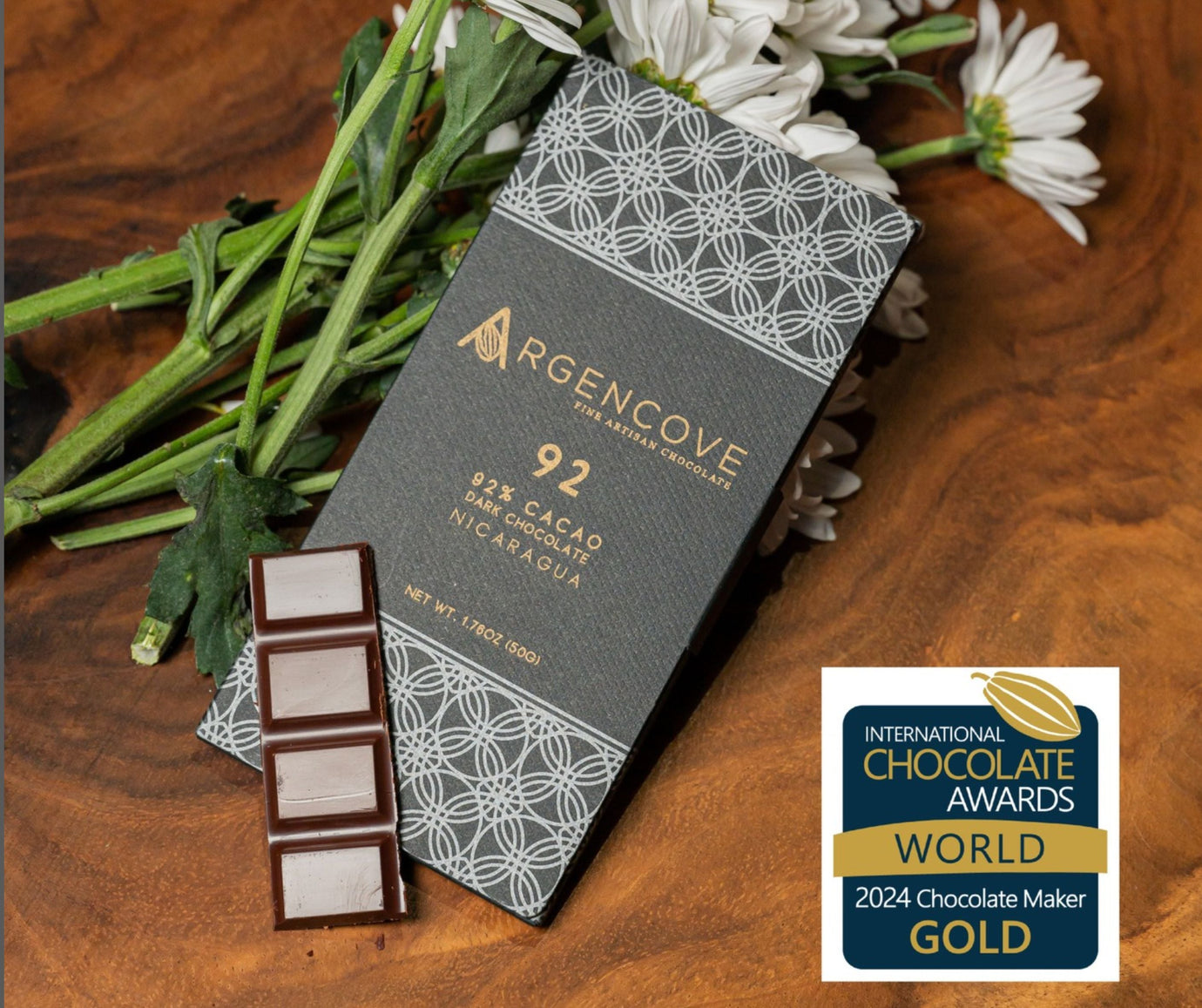
The World's Best Dark Chocolate, According to International Chocolate Awards
Our ranking based on the International Chocolate Awards scoring system, from Norwegian Vigdis Rosenkilde to Danish Friis-Holm.
-

The Best Chocolate in the World 2024: Global Champions and Award Highlights
2024 was the year craft chocolate fully proved its international character. From Vigdis Rosenkilde’s Scandinavian elegance to Kasama’s playful Canadian white chocolate, from Goodnow’s maple infusion to Sleep Walk’s spicy Guatemalan filling, the winners told a story of diversity and daring.
-

Our Guide to The Best American & Canadian Chocolate 2024
In a landmark event for North American chocolate makers, the 2024 Americas - USA & Canada Bean-to-Bar and Craft Chocolatier Competition has showcased the region's flourishing craft chocolate scene. This year's competition marks a significant milestone, being the first time the Americas competition was split into separate regional semi-finals, highlighting the growing sophistication and scale of the North American chocolate craft. -

Our Guide To The Best European Chocolate 2024
The European chocolate landscape has undergone a remarkable transformation in recent years, with craft chocolate emerging as a vibrant and sophisticated culinary art form. The 2024 International Chocolate Awards showcase not just exceptional taste, but a deep commitment to ethical and sustainable chocolate production. -

Our Guide To The Best Latin American Chocolate 2024
The 2024 Americas - Latin America & the Caribbean Bean-to-Bar and Craft Chocolatier Competition, part of the International Chocolate Awards, has concluded. Held remotely during the summer of 2024, this competition highlighted the skill and creativity of the region's chocolate makers.
-
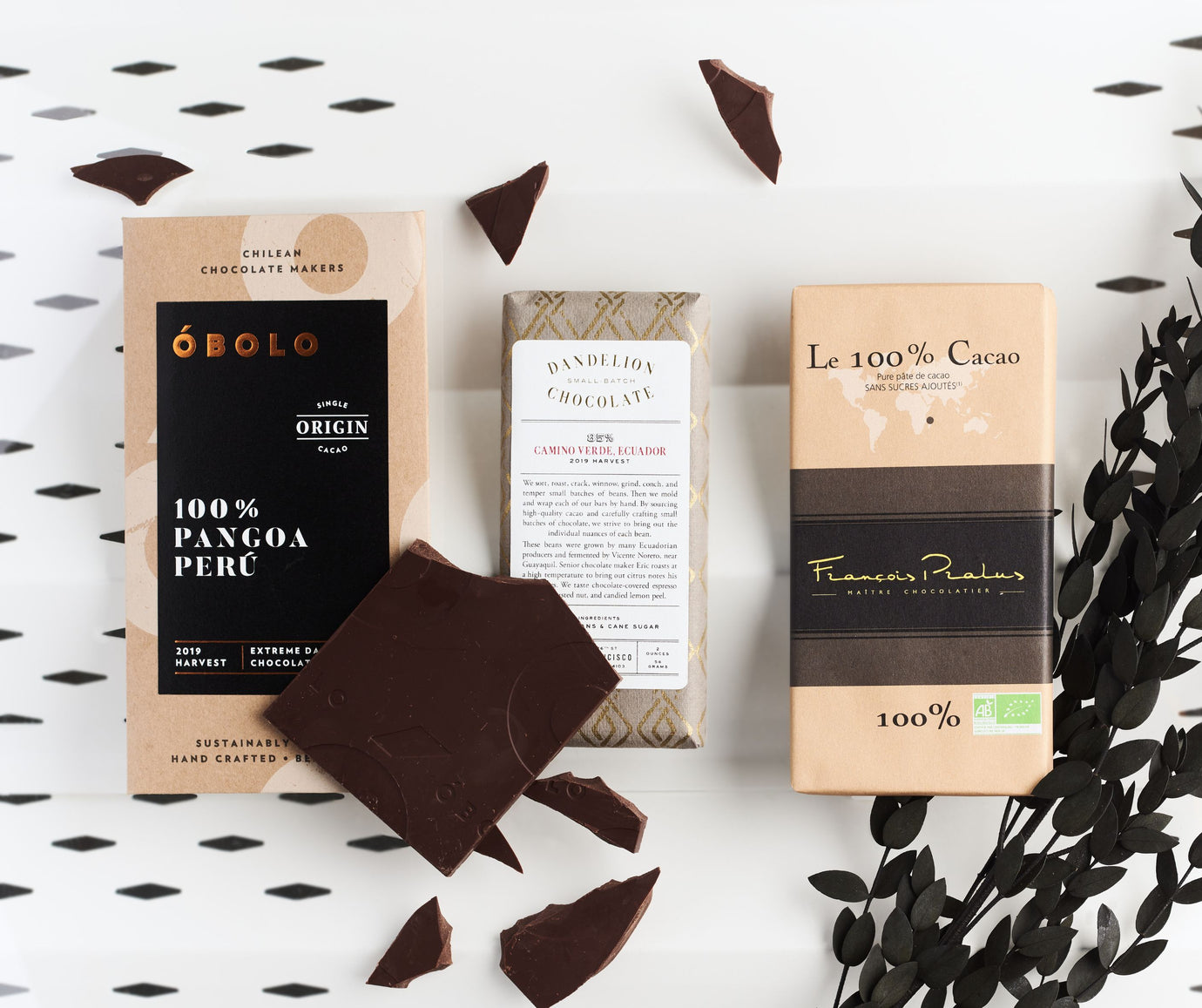
Why Our Chocolate Is Expensive: A Transparent Look at Quality and Curation
One unwritten rule in the chocolate retail industry is: Never draw attention to prices unless they're remarkably low. Conventional wisdom suggests the less said about pricing, the better. However, at Hello Chocolate, we've decided to break this rule and explain why our curated selection of craft chocolates costs what it does. -

Ocelot Chocolate: A Taste of Luxury British Chocolate from Dundee
When it comes to British chocolate, few brands capture the essence of artisanal craftsmanship quite like Ocelot Chocolate. This Dundee-based chocolatier has been making waves in the world of British chocolate since its inception in 2014, bringing a fresh and exciting approach to the time-honored tradition of chocolate making in the UK. -
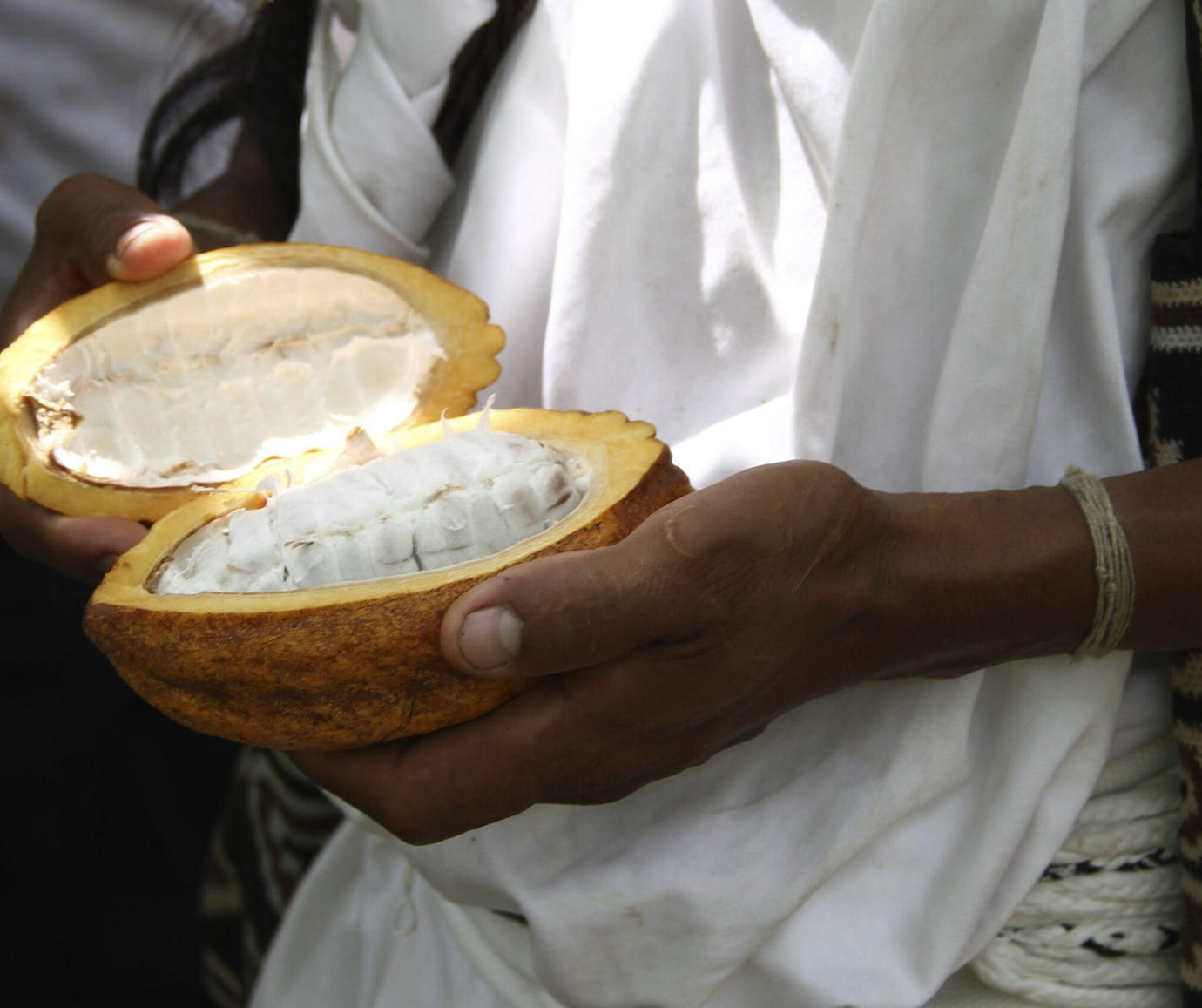
Our Guide to the Best Colombian Chocolate 2023
The International Chocolate Awards announced the winners of the 2do. Concurso Nacional de Chocolate Colombiano. This prestigious competition took place during the 2023 edition of the Salón del Cacao y Chocolate Colombiano in Arauquita, a region known for its high-quality cacao production in the state of Arauca. -
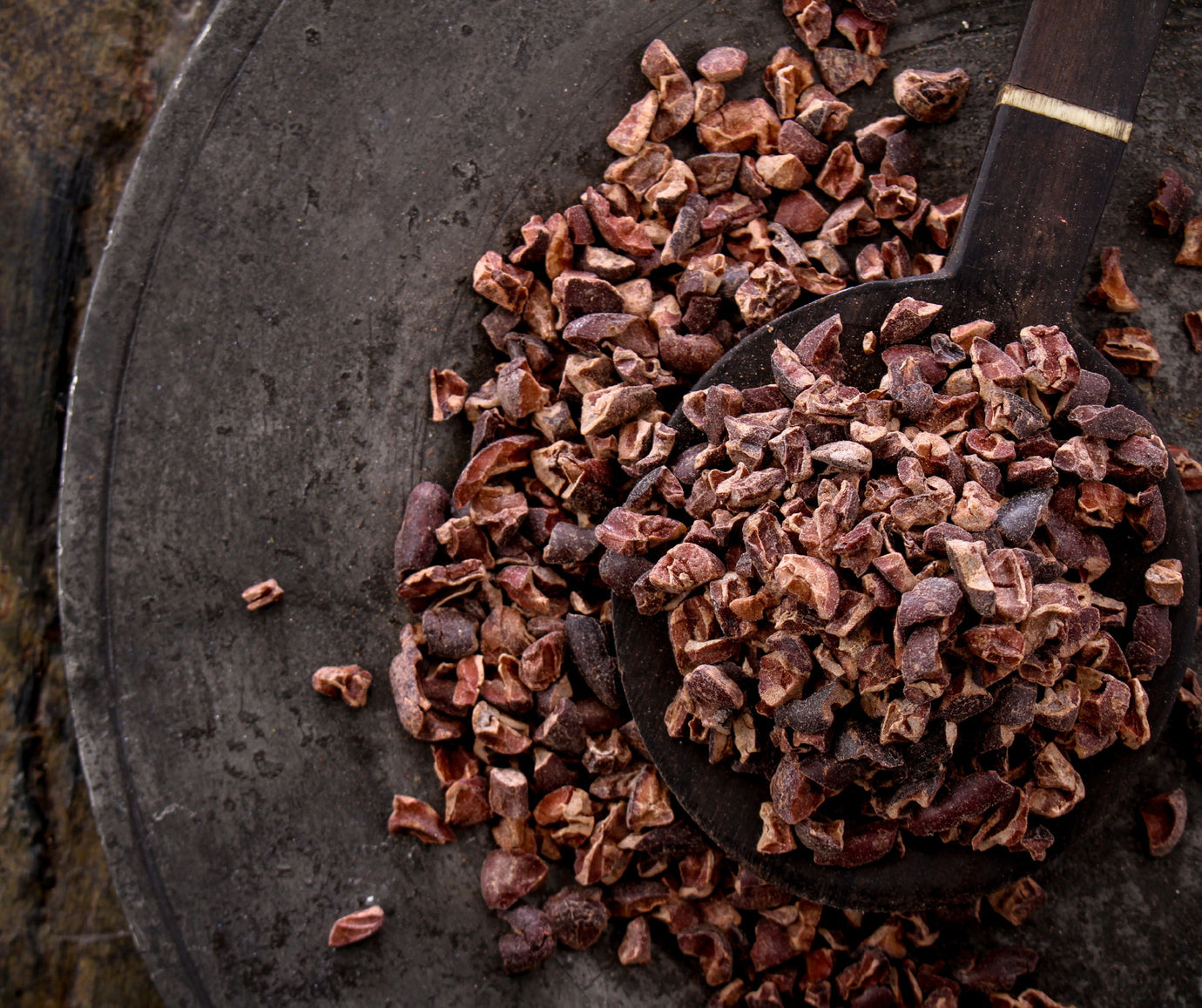
Cacao Nibs: Understanding Their Nutrition, Benefits, and Culinary Applications
Simply put, cacao nibs are cacao beans that have been roasted, hulled, and broken into delicious pieces that are naturally vegan and gluten-free. And the best way to enjoy them is as they are or incorporate them into smoothies and baked goods for added flavor. -

Our Guide to the World's Best Hot Chocolate 2024
The 2024 World Craft Hot Chocolate Competition winners were unveiled during a live ceremony at SIGEP in Rimini, Italy, on Tuesday, 23 January, by The International Chocolate Awards. SIGEP, renowned as one of the largest expos dedicated to pastry, ice cream, coffee, and chocolate, provided the perfect backdrop for this announcement. Co-founders Monica Meschini and Martin Christy, along with Grand Jury members Michaela Schupp and Kathryn Laverack, took the stage to reveal this year’s champions following 2.5 days of rigorous assessment. -

Our Guide to Single-origin Chocolate: A Hunt For Flavor
In the universe of fine craft bean-to-bar chocolate, there exists a category that stands out for its depth of flavor, complexity, and unique character: single-origin chocolate. Unlike blended chocolates, which combine beans from various regions, single-origin chocolate is crafted using cocoa beans sourced exclusively from one particular geographic location. This distinction is not merely a matter of marketing; it influences the taste and texture of the final product, offering connoisseurs a sensorial journey through the terroir of cocoa. -
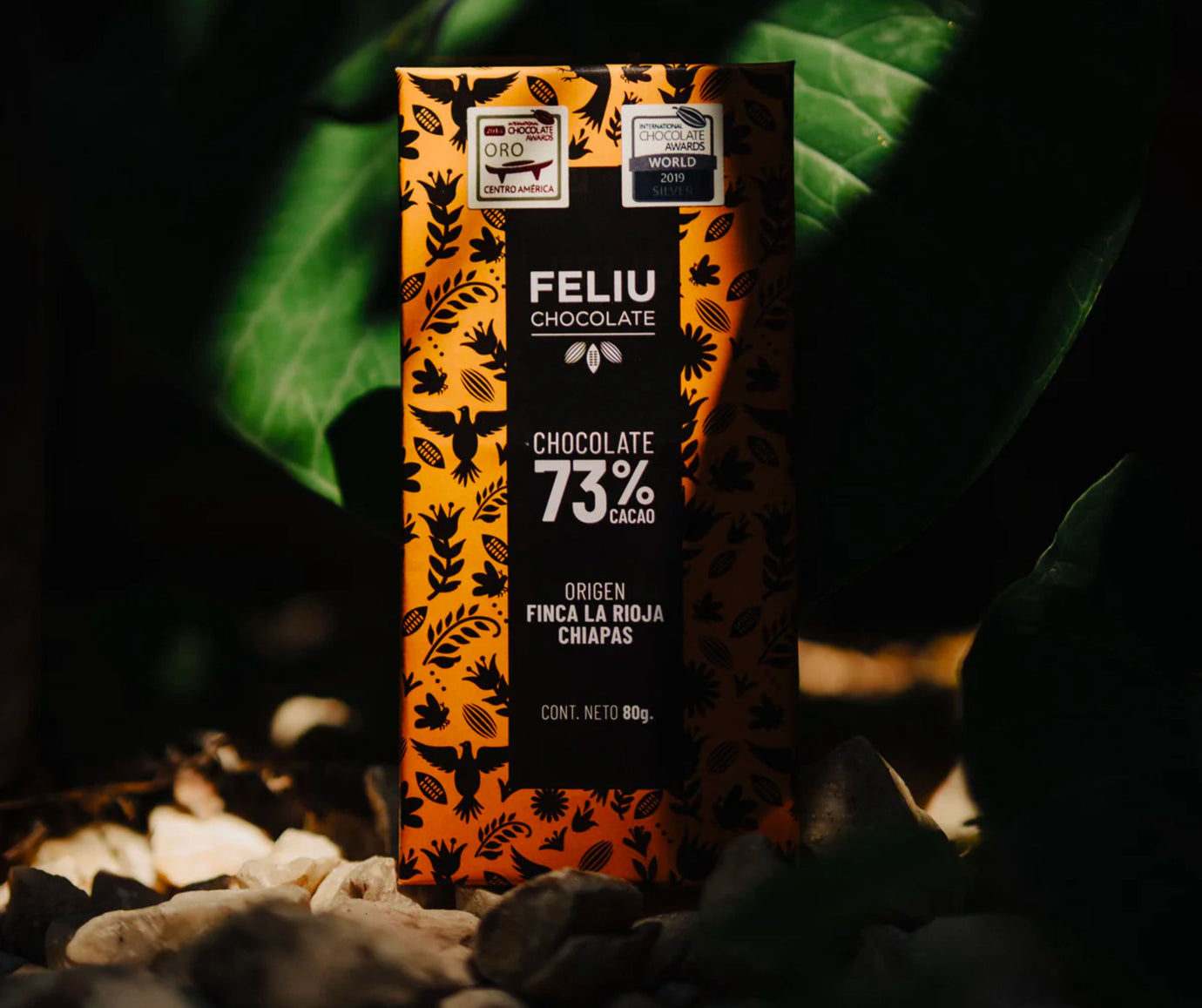
Our Guide to the Best Mexican Chocolate 2023
The Winners of the 1st Mexican Cacao Country Support Competition, also known as the 1er Concurso Nacional de Chocolate Mexicano, were officially announced by The International Chocolate Awards last year. The judging process took place both in Mexico and internationally, with evaluations conducted by a diverse panel of judges and the Grand Jury throughout October 2023. -

The World’s Top 100 Chocolates (2022–2025)
When people ask “What is the best chocolate in the world?”, the truth is there is no single answer. Chocolate is one of the most diverse foods on earth — from silky single-origin dark bars that capture the terroir of Peruvian valleys to playful white creations infused with fruit or botanicals.
-

The Best Chocolate in The World 2023
In the enchanting Tuscan countryside, the stage was set for the 2023 International Chocolate Awards World Final, a celebration of the finest chocolates worldwide. Hosted at the opulent Villa Castelletti near Florence, Italy, this event drew artisans and connoisseurs from across the globe, transcending borders to honor the zenith of chocolate craftsmanship. -
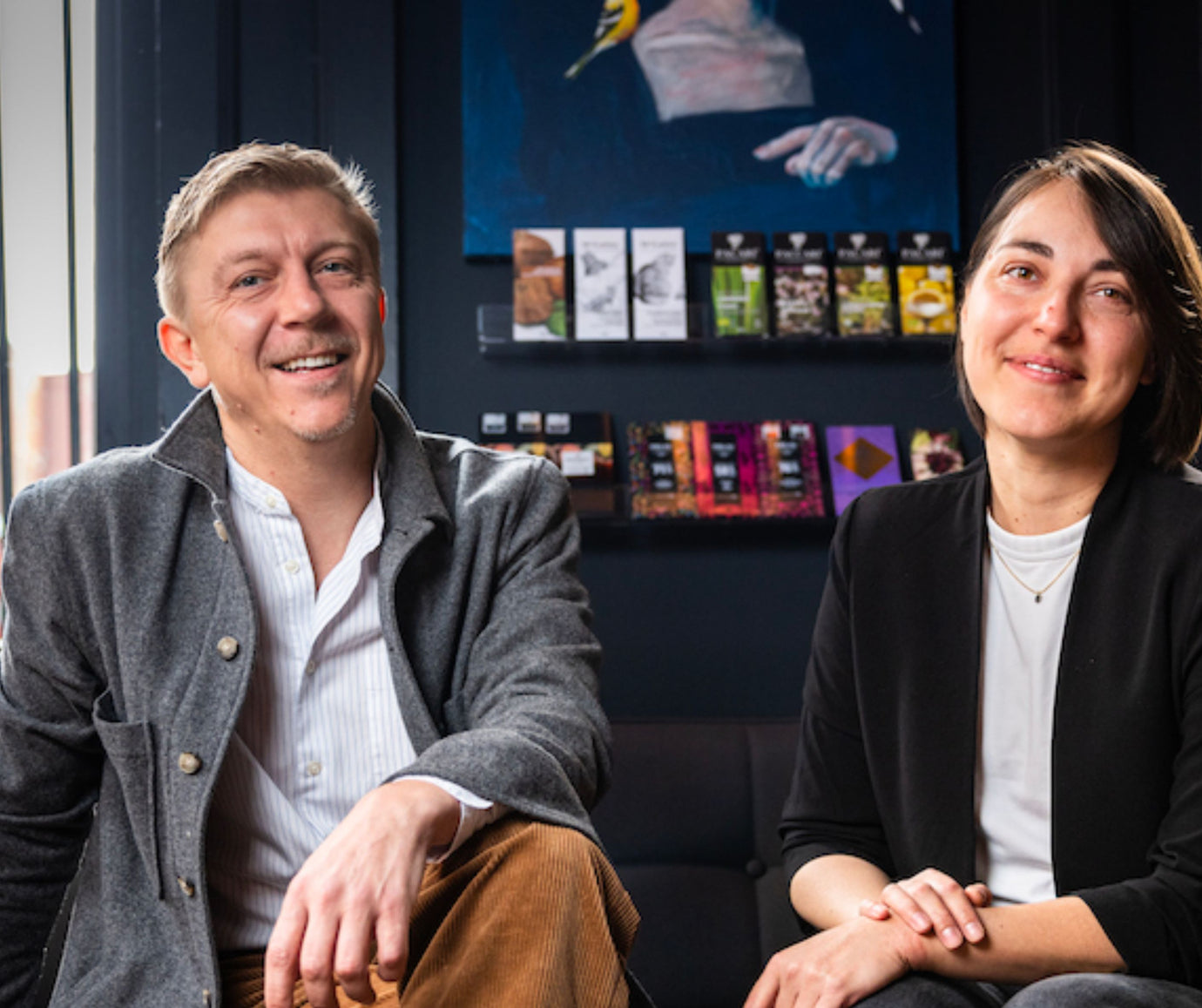
Hello Chocolate Pop-up at Tuck Studio
When we relocated Hello Chocolate's operations from Singapore to the vibrant and rapidly developing region of Atlantic Canada, our goal was to demonstrate that one doesn't need to be situated in New York, Toronto, or Montreal to enjoy a fantastic lifestyle and establish an inspiring business. -

Americas Best Chocolate 2023
Hello Chocolate is delighted to unveil the 2023 Americas Bean-to-Bar and Craft Chocolatier Competition winners of The International Chocolate Awards, determined through remote judging by the global team of judges and Grand Jury during the summer of 2023. -

The Best European Chocolate 2022-2024
In the world of fine chocolates, every bite is a moment of indulgence, a taste of craftsmanship, and a testament to the passion of artisans dedicated to their craft. The International Chocolate Awards have long been at the forefront of recognizing the best of the best in the chocolate industry. Hello Chocolate is delighted to present the winners of this prestigious competition, showcasing the top European chocolates that have tantalized taste buds and captured hearts.


















